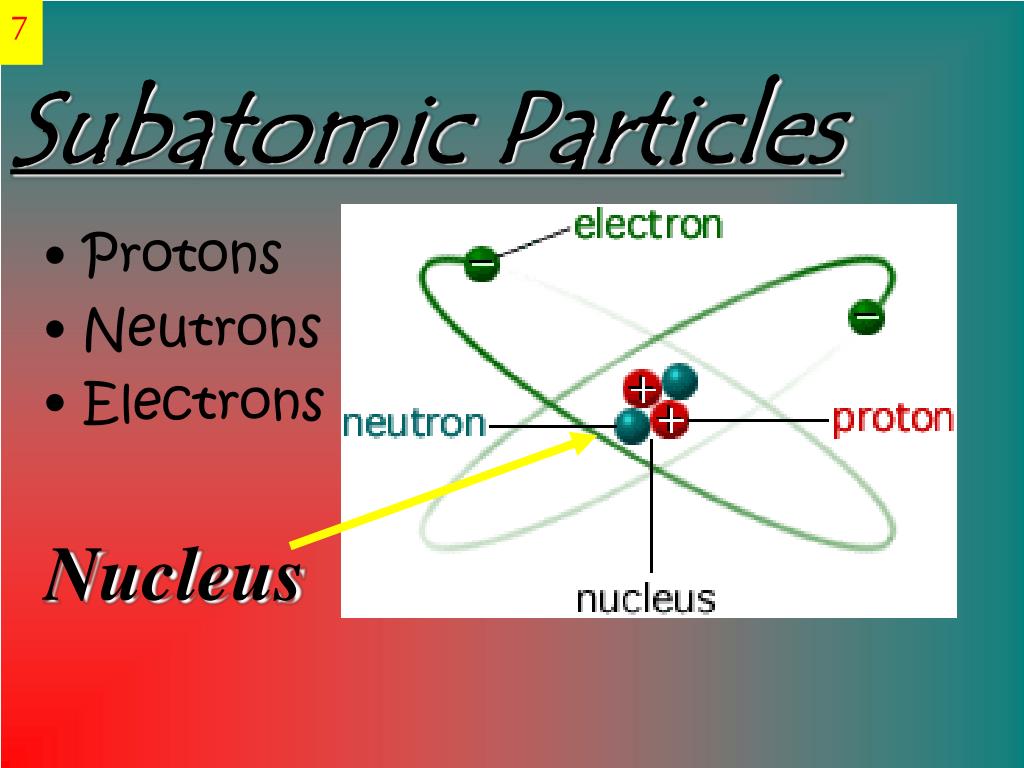
If an atom has the same number of protons and electrons, it is electronically neutral. What is the difference between charge and ion?

It gains two electrons from one or two other atoms in reactions, forming an oxide ion, O 2. The oxide ion will have a charge of 2− as a result of gaining two electrons. Oxygen has an electron arrangement of (2, 6) and needs to gain two electrons to fill the n=2 energy level and achieve an octet of electrons in the outermost shell. The atom that has lost an electron becomes a positively charged ion (called a cation), while the atom that picks up the extra electron becomes a negatively charged ion (called an anion). What do you call the positively charged ion? The alkali metals will lose an electron to resemble the next lowest noble gas thus, all the alkali metals form +1 ions. By removing an electron from this atom we get a positively charged Na+ ion that has a net charge of +1. When they gain 2 electrons in order to have 8 valence electrons, an octet, they gain a 2− charge.īy definition, an ion is an electrically charged particle produced by either removing electrons from a neutral atom to give a positive ion or adding electrons to a neutral atom to give a negative ion.
Negatively charged ions are called full#
Their atoms have 6 valence electrons, and need 2 more to have a full valence shell of 8 electrons in order to become stable. The elements that are most likely to form 2− ions are the group 16 elements. Since electrons are negatively charged, an atom that loses one or more electrons will become positively charged an atom that gains one or more electrons becomes negatively charged. Ions form when atoms gain or lose electrons. 8 What kind of ion has a positive charge?.7 How are ionic compounds formed from positive and negative ions?.3 What do you call the positively charged ion?.1 How are positively charged ions formed?.However, when you hear the storm approaching on the weather news, avoid being outdoors as much as possible in those days. Of course, you cannot avoid barometric pressure changes. It is not only our artificial environment that increases the amount of positive ions, but sudden increases in the amount of positive ions often accompany pre-storm pressure drops. Air movement provides a cleaner and negative ion environment.ħ- Avoid staying in air-conditioned offices and stores for a long time, where negative ions move away. Dealing with water allows a large amount of negative ions to be produced.Ħ- Take regular walks, ride a bike or uncover your car.
Negatively charged ions are called windows#
Choose natural textile products such as cotton, wool and silk.Ģ- For your household goods, prefer natural: not synthetic Use natural linens, carpets, sofa covers.ģ- Grow live plants in your home that attract negative ions, especially ferns and plants that remain green.Ĥ- Provide good air circulation in your home by opening windows or using a fan, not air conditioning.ĥ- Take a shower or do swimming sports often. So can we avoid this extremely positive ions-charged environment? "Yes." Although mechanically developed devices that produce negative ions are developed, you can create negative ions of yourself.ħ Ingredients That Will Contribute to Generating Negative Ionsġ- Avoid wearing synthetic textiles that tend to attract positive charges in the form of static electricity. A positively charged environment adversely affects the immune system and airborne germs can make you sick more easily.

The excess of positively charged ions causes our attention to be impaired, our memory to be negatively affected, our sleep patterns to be disrupted, tiredness and headaches. While positively charged ions harm our health, negatively charged ions make an important contribution to our health. Ion is ubiquitous in many objects, products and machines we use in daily life, in water and air, in short, in everything that surrounds us. An ion is an electrically charged particle composed of an atom that has gained or lost an electron. The smallest part of an element that has its chemical properties is called an atom. Positive ions can make us feel tired, depressed and angry. However, the effect of positive ions is not "positive" as we think. Computers, fluorescent lights, artificial air from ventilation systems and materials used in modern building construction lead to an intense positive ion production. The homes and offices we live in today cannot let in negative ions. The ion levels in the air are in perfect harmony in areas such as waterfalls, mountains, seaside and forest areas. There is a negative ion concentration in the most quiet and relaxing places in the world. Ions that are "negative" in terms of words are actually very positive supporters for us.


 0 kommentar(er)
0 kommentar(er)
